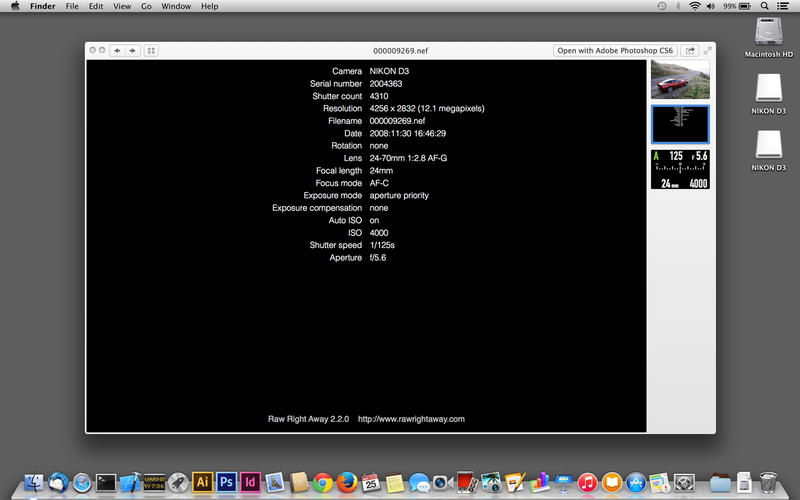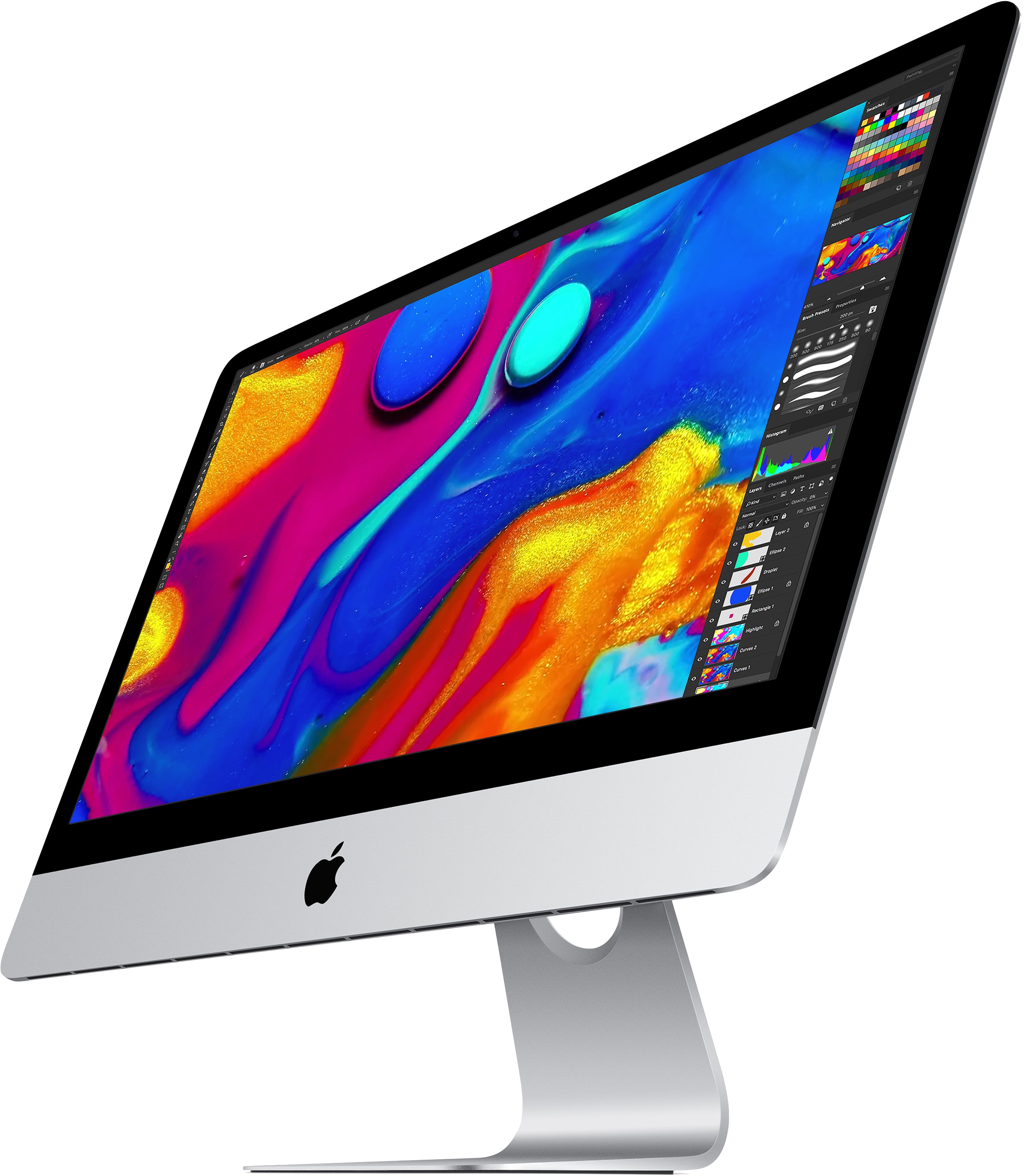-
A Prediction Approach For Mac카테고리 없음 2020. 3. 22. 19:46
Processing natural language is a difficult task for machine learning models because the number of possible sentences is infinite, making it impossible to encode all the inputs to the model. A common approach to reducing the number of possible inputs is to use letters or words as the input to the model, instead of processing the entire sentence as a single input. However, the model then needs a way to maintain state to 'remember' what letters or words it has been presented previously in the sequence. Consider a neural network model trained to generate the Shakespeare play Romeo and Juliet. The neural network encodes the relationship between words and their neighboring words, without using explicit rules.
In the popular line, 'O, Romeo, Romeo, wherefore art thou Romeo?' The word Romeo appears three times, but each occurrence has a different word following it. The model needs a way to differentiate between the uses. Recurrent neural networks are a class of neural networks that address this problem by using the state of the model after processing each word as additional input when processing a word. The inputs and outputs of a recurrent neural network over three input words Figure 1 shows an example workflow of a network that has learned Romeo and Juliet.
To start the phrase, 'O' and a nil state are provided as input. The next word is predicted, and the network also generates a representation of its state for the input 'O', referred to as f('O'). The next input word 'Romeo' is combined with the previous state, f('O'), to create the next input.
Given that input, the model again outputs 'Romeo' with high probability. The next input word, 'Romeo', is identical to the previous input word.
However, the state input is different. The state input is now f('O', 'Romeo').
The different state allows the network to output the prediction 'wherefore' even though the previous input words were identical. Expose the State of the Model. An example recurrent neural network that generates the text of Romeo and Juliet Figure 2 shows the view in Xcode for the Shakespeare Language Model that has a recurrent neural network layer, with its state input and output features listed. Other recurrent neural networks, like Long Short-Term Memory and Gated Recurrent networks, create input and output features automatically. This network takes two inputs: the input word and the state input, which is optional. The word is a String and the state, named state In, is a one dimensional of 512 Double values.
The state input is optional because the beginning of a sequence has no prior state. There are three outputs of the network: the most probable next word, a Dictionary of possible next words paired with their probabilities, and a one dimensional MLMulti Array of 512 Double values, named state Out, that represent the network's state after processing the input.
The MLMulti Array output represents the state of the network, which is the level of activation of its internal nodes. In order for the network to 'remember' what input sequence has been processed, the previous output state must accompany the next input. In practice, you may come across layers with default state feature names. For example, Long Short-Term Memory networks will have default state parameters named lstm h in and lstm c in for inputs and lstm h out and lsth c out for outputs. The 'h' refers to the hidden state and the 'c' refers to the cell state used by an LSTM network. These output states must be carried over as input states for the network to function properly across the sequence of inputs. Start a Sequence of Inputs.

A Prediction Approach For Machines
// Create the prompt to use as an example let prompt = 'O', 'Romeo' // Use the generated input API to create the network's input, with no state let modelInput = ShakespeareLanguageModelInput(previousWord: prompt0, stateIn: nil) // Predict the 2nd word and generate a model state for 'O' var modelOutput = try model.prediction(input: modelInput) In this sample code the Shakespeare Language Model Input class, generated by Xcode, is used to store the two inputs for the prediction call. Make Predictions Based on Previous State.
// Set up the input for the second word (ignoring the predicted words) modelInput.previousWord = prompt1 // Use the output model state as the input model state for the next word modelInput.stateIn = modelOutput.stateOut // Predict the third word modelOutput = try model.prediction(input: modelInput) // The third word is now in modelOutput.nextWord When you initialize the network with the first two words, the output state needs to be kept to represent the sequence of inputs. The predicted words and probabilities are ignored. They are ignored because the second word (Romeo) comes from the actual text instead of the model's prediction. However, once the two word prompt has been processed, the output next Word is the most likely third word in the sentence. It will be used as the input word, to generate the fourth word in the sentence. Using the output as input is repeated to generate the rest of the sentence.
Ohio, Western Michigan, Miami and Toledo finished 2016 as the top teams in the MAC, and all four should be near the top of the standings in the 2017 predictions. The Broncos have some significant personnel losses to address, but new coach Tim Lester still has enough talent to guide Western Michigan to a division title. The Broncos’ top competition in the West is Toledo, which is led by a dynamic offense and senior quarterback Logan Woodside. In the East Division, Miami looks to use its momentum from the second half of the season to overtake Ohio for the top spot. With 16 returning starters, the RedHawks are primed for their best year under coach Chuck Martin. Here are five key storylines or discussions that shaped Athlon’s MAC predictions for 2017: 1. 1 in the East Division Ohio and Miami tied for the MAC East crown at 6-2 in league play last year, with the Bobcats earning a trip to Detroit thanks to a 17-7 victory on Oct.
These two teams should be the cream of the crop once again in the East, but the designation as the favorite shifts to Miami. The RedHawks finished 2016 by winning six out of their final seven games and return 16 starters this fall.
Quarterback Gus Ragland’s return to the lineup from an offseason knee injury was a big reason for the second-half improvement, and the junior should push for all-conference honors with a full year of snaps. In addition to Ragland’s emergence, Miami’s offensive line is expected to take a step forward, and the defense should rank among the best in the MAC. While this year’s matchup between the Bobcats and RedHawks takes place in Athens, Miami has the easier crossover slate with the West Division.
Ohio has been a model of consistency under coach Frank Solich and should be a lock to earn its eighth bowl bid in nine seasons. The defense ranked second in the MAC in fewest points allowed per game (22.6) and should remain near the top of the league despite a few personnel losses. The biggest concern for Solich is on offense. Can quarterback Quinton Maxwell take the next step in his development? Miami gets the nod as Athlon’s pick for the East champion, but this will be a close battle in the standings all year. Western Michigan for No.
1 in the West Division Similar to the East Division, there was a lengthy debate in Athlon’s prediction meeting for the No. 1 spot in the West. Western Michigan is the defending champion, but the Broncos lost a significant chunk of talent, and coach P.J. Fleck departed to Minnesota.
New coach Tim Lester is a former Western Michigan quarterback and has a good idea of what it takes to win in the MAC. Lester’s top priority is to find a quarterback to replace Zach Terrell and rebuild a receiving corps that will miss No. 1 target Corey Davis. While there are some significant personnel losses to overcome, Western Michigan still returns a solid one-two punch at running back with Jarvion Franklin and LaVante Bellamy and eight starters on defense. Considering the turnover on the roster and coaching change, the balance of power in the West should shift to Toledo.

The Rockets are led by senior quarterback Logan Woodside, one of the league’s top receiving corps and seven starters on defense. Even though Toledo has to play at Ohio on Nov. 8, the defacto West Division title game takes place in the Glass Bowl on Nov.
Look for coach Jason Candle to guide the Rockets to their first appearance in the MAC title game since 2004. Will Northern Illinois Rebound in 2017?
Athlon Sports’ National College Football magazine delivers full team previews, schedules, scouting reports, conference predictions, national rankings, as well as complete 2017 coverage for all 130 teams. To buy your copy today or visit your local newsstand!
Northern Illinois’ 5-7 record in 2016 was the program’s first losing mark since 2007. Additionally, the Huskies had their streak of eight consecutive bowl games snapped, and the five wins represented the second straight year the program watched its victory total decline after posting 11 in 2014.
Injuries at the quarterback position are a big reason why coach Rod Carey’s team has been on a downward trend over the last two seasons. In 2016, Northern Illinois played four quarterbacks, including junior Ryan Graham and sophomore Daniel Santacaterina who are competing with freshman Rodney Hall for the starting job this offseason. Assuming the Huskies can find an answer at quarterback, Carey has the necessary pieces to guide this team to a bowl game. Senior running back Jordan Huff should pickup where Joel Bouagnon left off behind a solid offensive line with three returning starters. Finding a replacement for top receiver Kenny Golladay remains a concern for Carey, but this unit has reinforcements on the way from Iowa State transfer Jauan Wesley and Chad Beebe (back after missing 2016 due to injury).
The Huskies return six starters on defense, and this unit has to take a step forward after giving up 30.3 points per game in 2016. One advantage for Northern Illinois’ bowl hopes – the schedule. The Huskies do not play Ohio, Miami or Akron – the projected top three teams from the East – and host Eastern Michigan and Western Michigan in key swing games. Expect Northern Illinois to rebound (slightly) in 2017. Can Eastern and Central Michigan Keep it Going? Eastern Michigan was the biggest surprise in the MAC last year. After a 3-21 start under coach Chris Creighton, the Eagles showed marked improvement in 2016.
The program earned its first bowl trip since 1987 and finished with seven victories. Can Creighton guide the program to another postseason bid in 2017? Eastern Michigan’s hopes of a winning record rest with a dynamic offense and quarterback Brogan Roback. The Eagles will have to break in a couple of new starters in the trenches, and tight end Nigel Kilby won’t return to the team after catching 34 passes in 2016. While the personnel is certainly there to go bowling once again, Eastern Michigan’s schedule isn’t friendly. The Eagles play three out of the top four teams from the East Division, while catching Central Michigan and Northern Illinois on the road. At Central Michigan, coach John Bonamego has a tough assignment trying to replace quarterback Cooper Rush this offseason.
Michigan transfer Shane Morris and sophomore Tony Poljan will battle in the fall for the starting spot, and if a clear answer emerges, the Chippewas have the necessary firepower to reach six (or more) wins once again. The backfield and receiving corps are deep with options, and the line returns all five starters from 2017. The defense has room to improve after giving up 30.3 points per game in 2016. But this unit returns six starters, including All-MAC selections Joe Ostman, Amari Coleman and Josh Cox. Sorting Out the MAC East As mentioned above, there is a clear top two in the MAC East. Ohio and Miami are the heavy favorites to finish at the top of the division this season, with a significant drop to the rest of the East. In Athlon’s prediction meeting, there was significant discussion of Bowling Green at No.
3, but Akron eventually emerged as the pick. The Zips aren’t without their share of question marks and face a brutal crossover slate (Toledo and Western Michigan).

Quarterback Thomas Woodson had offseason shoulder surgery and is hoping to return to full strength in time for the 2017 campaign. If Woodson is limited, junior college transfer Nick Johns will start at quarterback. With four returning starters up front, and the return of running back Warren Ball from injury, the quarterback should have a solid supporting cast in place.
Akron must find a few answers on a defense that gave up over 460 yards and surrendered 33.6 points per game last fall. Bowling Green closed 2016 and the first year under coach Mike Jinks by winning its last three contests. The Falcons utilized a favorable schedule – Akron, Buffalo and Kent State – to finish the season out on a high note, and Jinks returns enough pieces to build off that momentum. Quarterback James Morgan is a rising star, while favorite target Scott Miller (74 catches) also returns. Just like Akron, defense is an issue at Bowling Green.
The Falcons gave up 38.3 points per game in 2016. 30 game in Bowling Green could decide whether the Falcons or Zips end up in third place at the end of the year.
A Prediction Approach For Machine
Rounding out the East in fifth is Buffalo, while Kent State is projected sixth. The Bulls have some upside behind quarterback Tyree Jackson and a defense that returns eight starters. However, coach Lance Leipold’s team is likely a year away. MAC 2017 Unit Rankings Best RB Units Best WR Units Best OL Units Best DL Units Best LB Units Best DB Units 1.